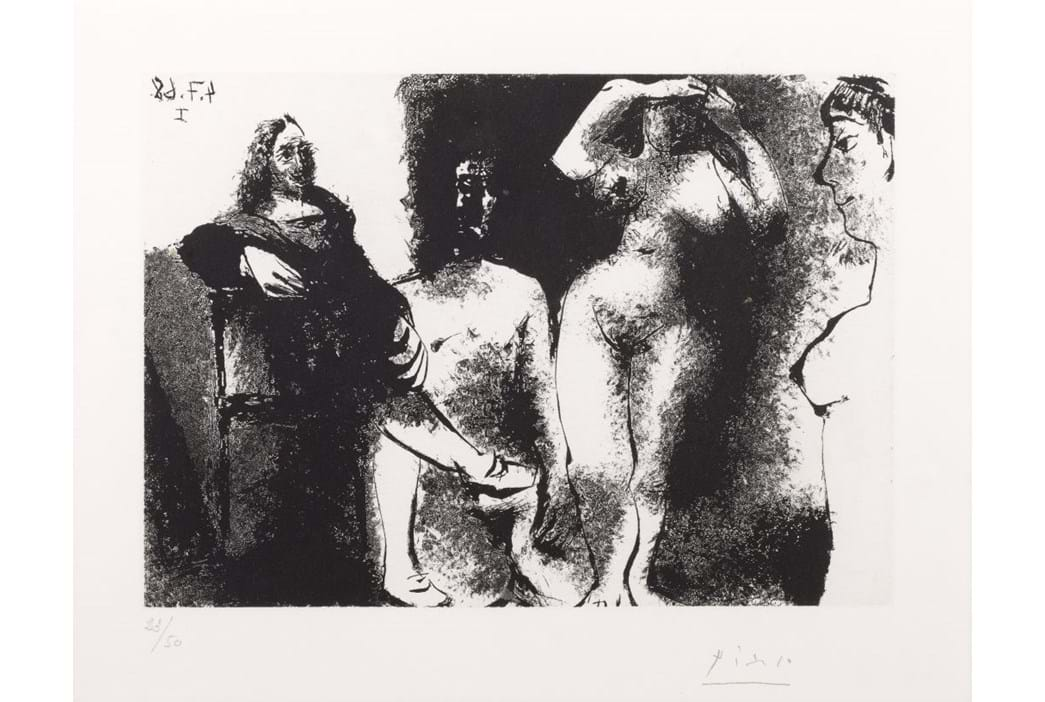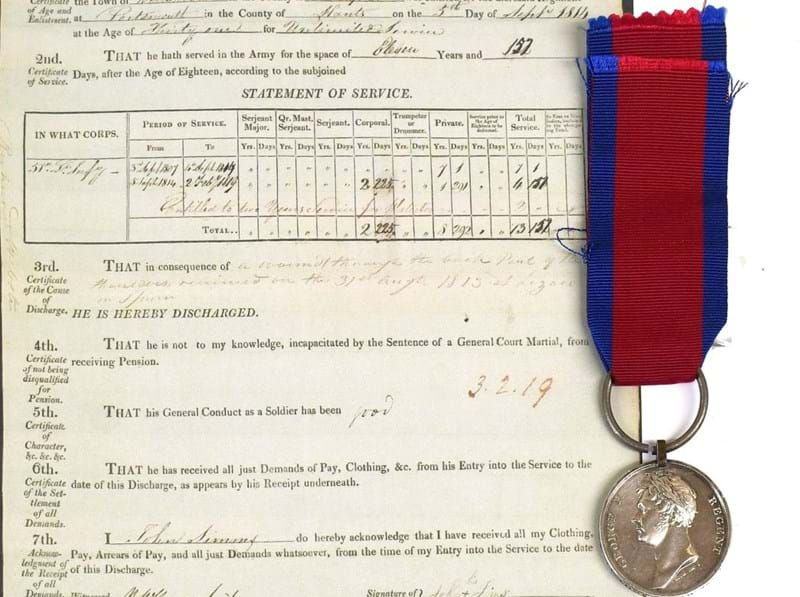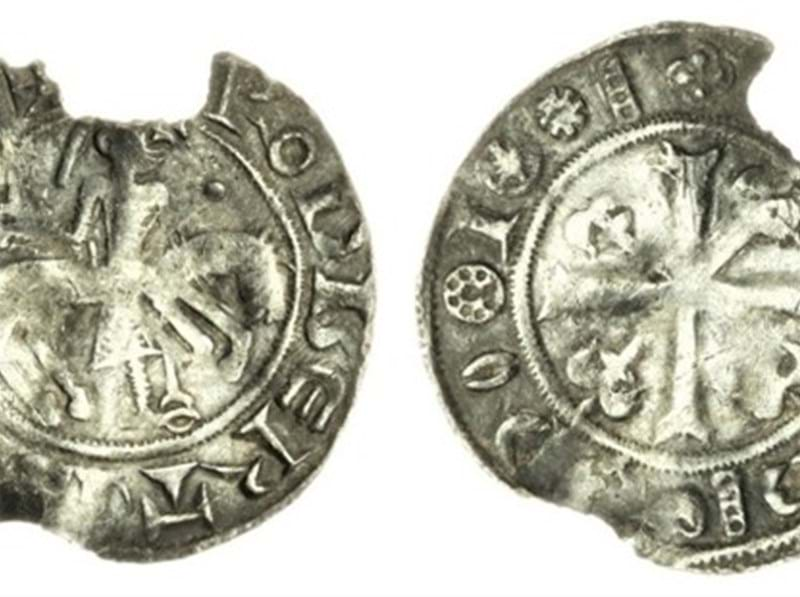Perhaps the most infamous artist of the 20th century, Pablo Picasso was incredibly productive during his lifetime. Over the course of almost 80 years, his oeuvre encompassed not only painting, but also sculpture, ceramics, textiles, and prints. Although best known for his works in paint, Picasso completed more than two thousand images in various print mediums during his lifetime. Forever communicating with alternative creative processes, Picasso’s prints speak to a variety of styles and inspirations. Reflected in them is a rich collection of influences, from ancient, modern, and contemporary literature, the art historical legacy of the Old Masters and his ethnographical encounters.
News & Insights
Picasso: Printmaker
Picasso had no formal training in the medium, but by exploring through trial and error, he eventually mastered a diverse range of printing techniques. Unlike many of his predecessors, Picasso cared little for the hierarchy of artistic mediums. For him, printmaking offered a necessary break from the intensity of prolonged period of painting. Unlike that often arduous task, Picasso often completed several prints within a few hours.
In early 1907, Picasso obtained a small hand-operated printing press, marking the beginning of his fascination with this process. An impatient person, the tool enabled the artist to pull proofs of his images and really study the progress of the work. This uniquely transformative process was what particularly appealed to Picasso, and he began creating works he was otherwise unable to. The beginning of this experimentation coincided with his formative Blue and Rose periods, yet it was taken to another level by the time of his first dabbling with Cubism. His association with the printer Roger Lacourière, opened the artist’s eyes to further possibilities regarding the medium. Introduced to different techniques such as aquatint at this time, Picasso’s prints were revolutionised, becoming even more expressive and visually powerful.
As with all his other work, Picasso’s prints cannot be seen in isolation from his personality. Speaking to Tériade (an art critic, patron and publisher), Picasso reflected that “the work that one does is a way of keeping a diary”. His prints reflect his own feelings and ideas on such things as relationships, politics, and history to name a few.
One such example is the artist’s most significant print cycle, the Vollard Suite (1930-34). Commissioned by one of Picasso’s earliest patrons, Ambroise Vollard, this series of one hundred etchings delves intimately into his psyche, encapsulating his studies in classical sculpture as well as the erotically charged connection between artist and model.
Two prints by Picasso will be coming up in the Modern and Contemporary Art Sale on 2nd March. Both works offered respond to Picasso’s obsession with the sheer possibilities of printmaking. The first work, “Combat de gladiateurs, avec spectateurs, et en bas, rappel de l’Ecce Homo” (1970) (estimate: £4,000-6,000 plus buyer’s premium) reflects the artist’s greatest love of intaglio printmaking. The second work, “Homme rembranesque assis chez les filles” (1968) (estimate: £2,000-3,000) speaks to Picasso’s experimental periods; primarily using aquatint in novel and inventive ways. Made towards the end of his life, their respective series, 156 and 347, include a plethora of characters from history, his imagination, and memories. The latter particularly harks back to Picasso’s formative printing-making experiences, with the artist revisiting subject matters. Here, his artistic wit and virtuosity of a range of techniques challenge the most revered old masters, with Picasso striving to confirm his rightful place among them.
Never abandoning or dismissing a faulty plate, Picasso’s unmatched ability to persevere through technical failures, and to both adopt and crucially challenge the medium is what consolidates his place amongst the great printmakers such as Rembrandt, Goya and Dürer.
< Back to News

4th July 2025, 09:30
Plan your visit to our Leyburn Head Office and Salerooms, or our Harrogate and London Offices
Get your antiques and collectables valued by our team of specialists.











